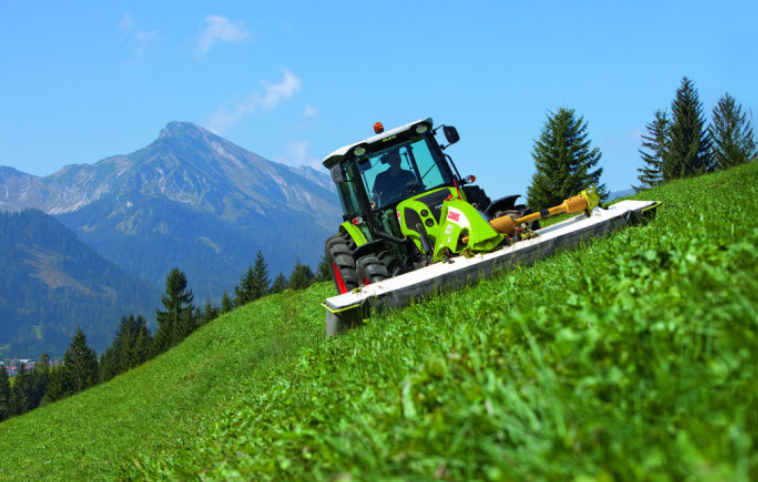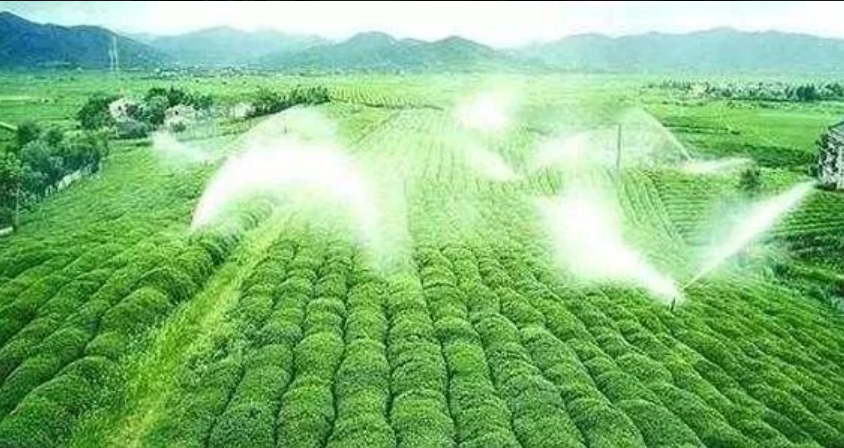
In recent years, the frequency and intensity of extreme weather events in Europe and the US have been on the rise. Heatwaves, droughts, floods, and storms have become more common, severely affecting agricultural production. These climate - related disruptions have not only led to significant yield losses but have also increased the costs of production, threatening the livelihoods of farmers and the stability of the food supply chain. As a result, the traditional model of agricultural insurance, which mainly focuses on “yield protection,” is gradually evolving towards “climate - adaptability protection” to better address these emerging challenges.
One notable innovation is parametric insurance, which is increasingly relying on data from soil moisture sensors and other advanced monitoring devices. Unlike traditional indemnity - based insurance, which requires complex and time - consuming assessment of actual yield losses, parametric insurance payouts are triggered when pre - defined climate - related parameters reach certain thresholds. For example, if soil moisture sensors indicate that the soil moisture content in a particular area has dropped below a critical level for a consecutive number of days, signaling a severe drought, the insurance policy will automatically initiate a payout. This approach offers several advantages. Firstly, it provides farmers with quick access to funds, enabling them to take immediate action to mitigate the impacts of the disaster, such as purchasing emergency irrigation equipment or replanting drought - tolerant crops. Secondly, by eliminating the need for on - the - ground inspection of yield losses, it reduces administrative costs and the potential for disputes between insurers and insured parties.

Another significant development is the introduction of new insurance policies that cover carbon sequestration losses. With the growing awareness of the role of agriculture in carbon sequestration and the fight against climate change, more and more farmers in Europe and the US are adopting climate - smart agricultural practices, such as agroforestry, conservation tillage, and cover cropping. These practices not only help improve soil health and increase resilience to climate change but also contribute to carbon sequestration. However, extreme weather events can disrupt these carbon - sequestering activities, leading to potential losses in the carbon credits or benefits that farmers expect to gain. New insurance products are emerging to cover such losses, providing farmers with an additional layer of protection and incentive to continue implementing climate - smart practices.
The synergy between agricultural insurance and climate - smart agriculture is mutually beneficial. On one hand, climate - smart agriculture practices can reduce the overall risk exposure of farmers, making them more attractive to insurers. For instance, farms that implement conservation tillage may experience less soil erosion and better water retention, reducing the likelihood of crop failures due to droughts or floods. This lower risk profile can lead to more favorable insurance premiums for farmers. On the other hand, agricultural insurance can play a crucial role in promoting the adoption of climate - smart agriculture. By providing financial security against potential losses associated with new climate - smart practices, insurance gives farmers the confidence to invest in these innovative techniques. For example, if a farmer is considering switching to a more climate - resilient crop variety but is worried about potential yield fluctuations during the transition period, insurance can act as a safety net, encouraging the adoption of the new variety.

In conclusion, as extreme weather continues to pose challenges to the agricultural sector in Europe and the US, the integration of agricultural insurance and climate - smart agriculture offers a promising solution. Through the development of innovative insurance products like parametric insurance and carbon - sequestration - loss - covering policies, and the mutual reinforcement between insurance and climate - smart practices, the agricultural industry can enhance its resilience to climate change and ensure long - term food security and sustainability.





